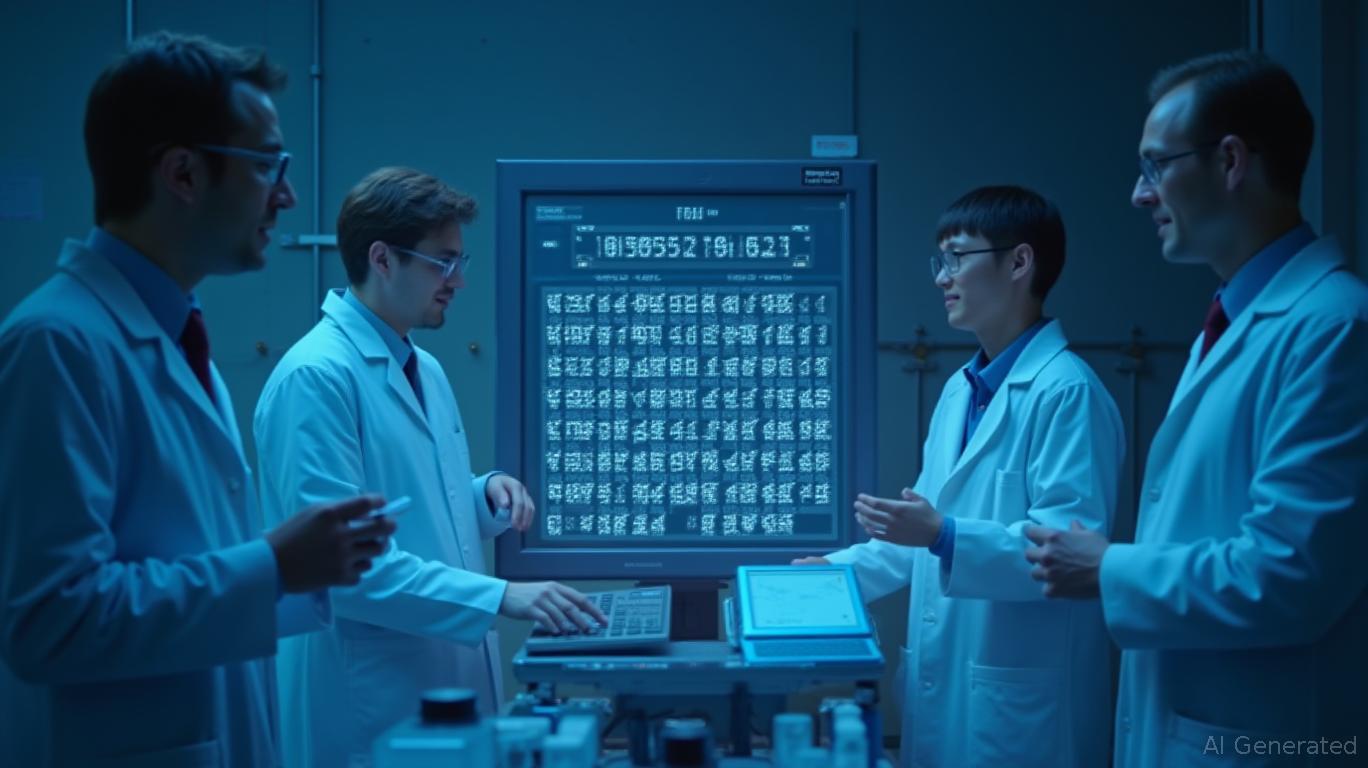Shanghai University Factors 22-bit RSA Integer Using Quantum Computer
Researchers at Shanghai University have made a significant breakthrough in quantum computing by successfully factoring a 22-bit RSA integer using a quantum computer. This achievement, while modest in scale compared to the 2,048-bit or 3,072-bit keys used in real-world encryption, demonstrates a notable advancement in the application of quantum technologies to cryptographic systems. The experiment involved converting the factorization problem, which underpins RSA encryption, into a combinatorial optimization problem that the quantum machine could handle.
RSA encryption, which stands for Rivest-Shamir-Adleman, is a public-key cryptosystem commonly used for secure data transmission. It is utilized in various systems, including online bank accounts, web browsers, email providers, messaging services, VPNs, and cloud services. The security of RSA relies on the difficulty of factoring a large number into its prime components, a task that requires exponential time on classical computers. However, quantum algorithms like Shor's could significantly reduce this complexity, posing a threat to the security of many modern cryptographic systems.
The Shanghai University team utilized a quantum annealing processor developed by D-Wave Systems. This technique leverages quantum fluctuations to explore the solution space more efficiently, avoiding the deep circuitry typical of other quantum systems. The processor employed over 5,000 qubits, the basic units of quantum information, to achieve the factorization. While the report does not specify, it is understood that the reference is to physical qubits. In quantum computing, logical qubits are crucial as they ensure error correction and long-term stability, each composed of hundreds or thousands of physical qubits working together.
This breakthrough does not immediately compromise RSA encryption, as current keys are resistant to attacks due to their exponentially larger size. However, it highlights the progress in quantum hardware and algorithms, bringing us closer to what is known as “Q-Day”—the day when current cryptographic systems will be vulnerable. By tweaking model parameters, the researchers raised success rates and showed how their approach could scale to more bits in the future. This means that with more computational resources per bit, the unbreakable RSA could be decrypted in the future.
As a result, many institutions are already rolling out quantum-safe standards and urging agencies and companies to switch to post-quantum cryptography, warning of “harvest now, decrypt later” attacks. This shift is crucial as it prepares the infrastructure for the eventual advent of quantum computing, ensuring that sensitive data remains secure even as technology advances.
While RSA is widely used in many aspects of our digital systems, most modern cryptocurrencies do not use the encryption for signing transactions or wallet security. Instead, cryptocurrencies like
and rely heavily on Elliptic Curve Cryptography or ECC, including Elliptic Curve Digital Signature Algorithm ECDSA and the later model EdDSA in newer projects. However, the crypto space does make use of the encryption model in other areas that are just as crucial to security. For instance, certain crypto exchanges, custody services, and payment platforms may still use RSA encryption for SSL/TLS infrastructure. Additionally, some cold storage systems or older crypto projects and old wallets containing sensitive information may still rely on RSA for internal key storage or back-up encryption. The same applies for encrypted data archives and back-ups at crypto custodians or blockchain companies.Although the experiment applies to RSA, this does not mean that ECC is untouchable. Both RSA and ECC are vulnerable to quantum attacks via Shor’s algorithm. Shor’s algorithm is a quantum algorithm that can efficiently factor large numbers and solve discrete logarithm problems. The algorithm poses a significant threat to the security of many modern cryptographic systems. While this does not directly pose a threat to current more advanced crypto systems, it indicates that quantum progress is not just a theoretical concept anymore. The deeper issue is that if quantum hardware can scale factoring algorithms, then the decryption of ECC is not far behind. A powerful enough quantum computer running Shor’s algorithm could bypass ECC by forging blockchain transactions, breaking encrypted communication between wallets and nodes, as well as gain access to private keys from public BTC or ETH wallets.
In the meantime, crypto projects should stay alert and prevent security breaches by performing audits on vulnerable areas such as TLS certificates, API encryption, VPNs, and off-chain key management. This proactive approach ensures that the crypto space remains resilient against potential quantum threats, safeguarding the integrity and security of digital assets and transactions.


Comments
No comments yet